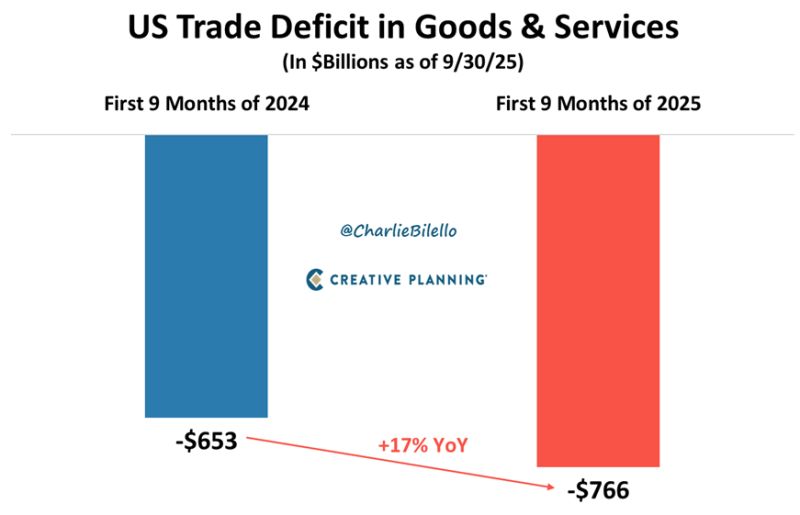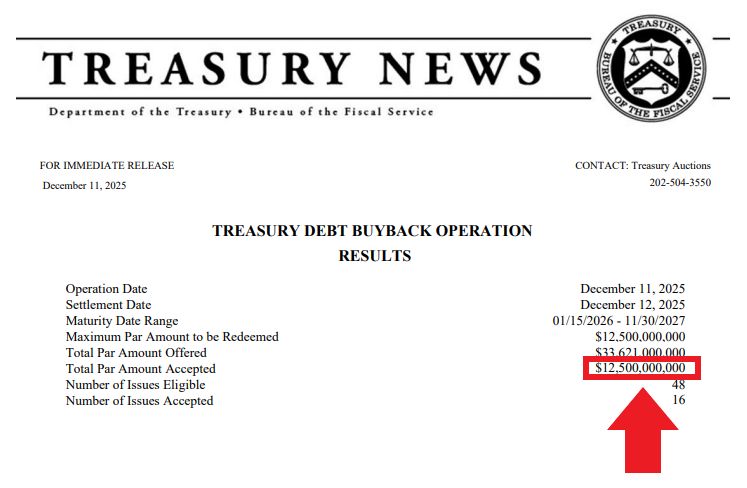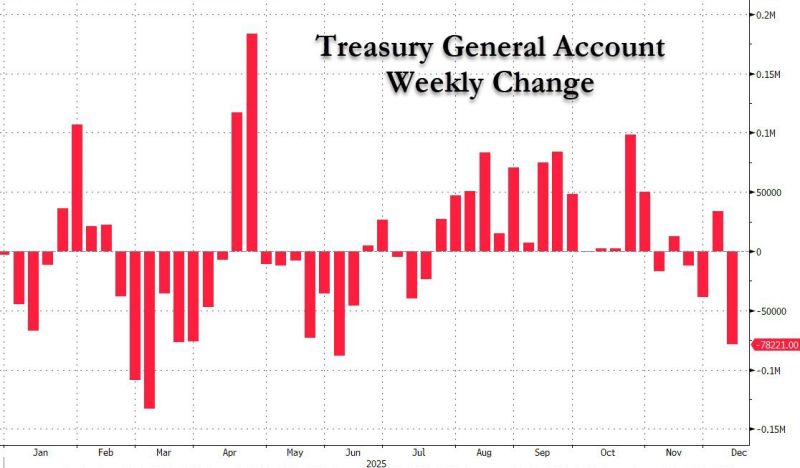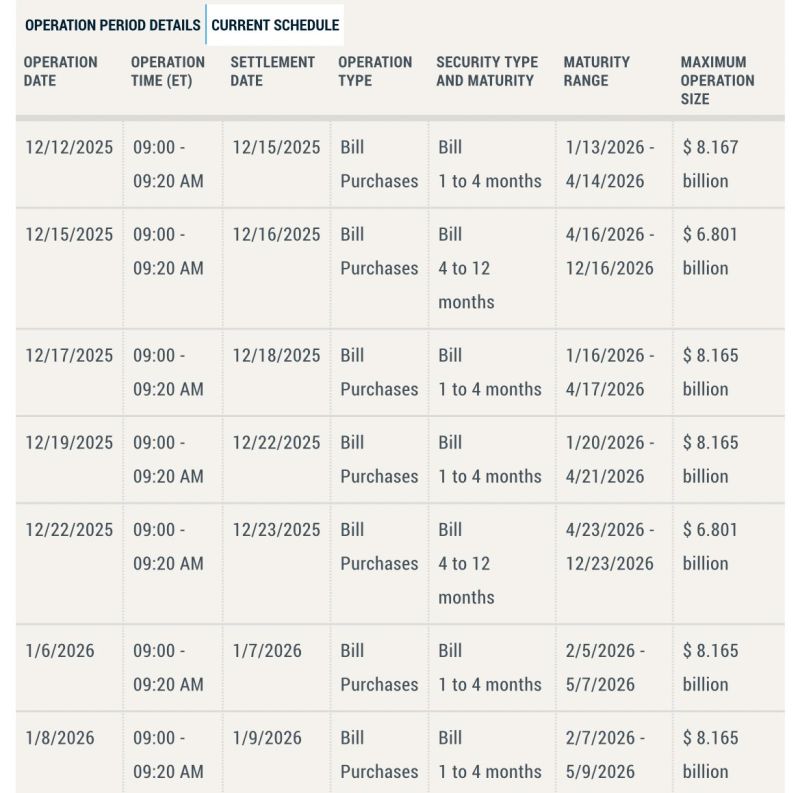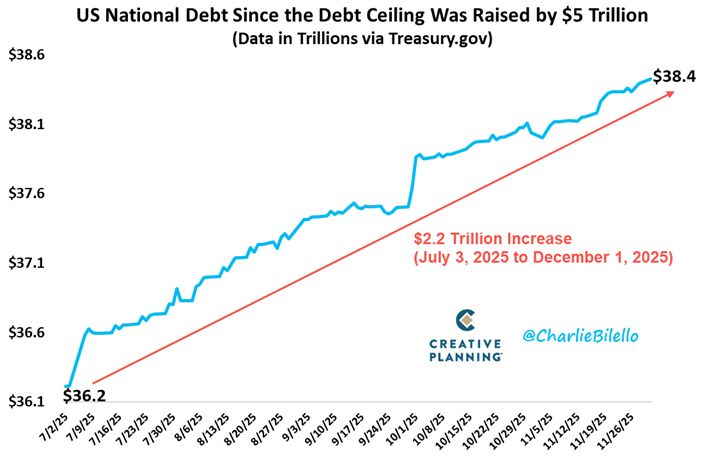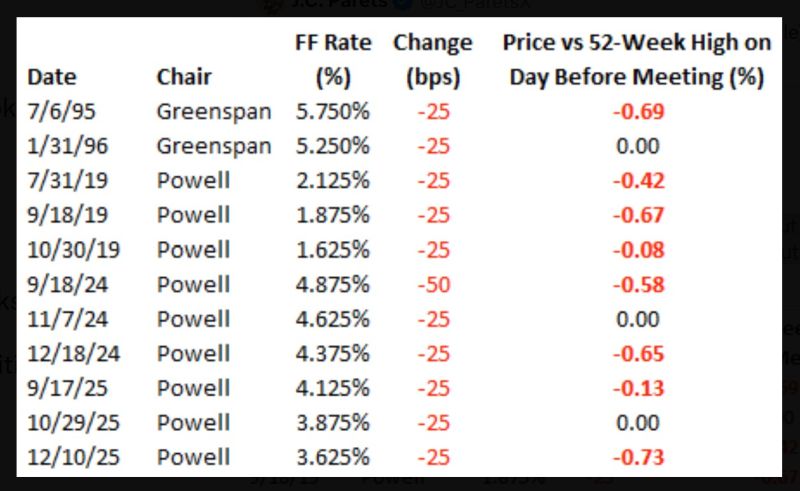Straight from the Desk
Syz the moment
Live feeds, charts, breaking stories, all day long.
- All
- equities
- United States
- Macroeconomics
- Food for Thoughts
- markets
- Central banks
- Fixed Income
- bitcoin
- Asia
- europe
- investing
- technical analysis
- geopolitics
- gold
- Crypto
- AI
- Commodities
- Technology
- nvidia
- ETF
- earnings
- Forex
- china
- Real Estate
- banking
- oil
- Volatility
- magnificent-7
- energy
- apple
- Alternatives
- emerging-markets
- switzerland
- tesla
- United Kingdom
- assetmanagement
- Middle East
- amazon
- russia
- ethereum
- microsoft
- ESG
- meta
- Industrial-production
- bankruptcy
- Healthcare
- Turkey
- Global Markets Outlook
- africa
- Market Outlook
- brics
US Trade Deficit in Goods & Services...
First 9 months of 2024: –$653 billion deficit. First 9 months of 2025: –$766 billion deficit. +17% YoY 🚨 Record high. Source: Charlie Bilello
JUST IN 🚨: U.S. Treasury just bought back $12.5 billion of their own debt, equaling their largest buyback in history (which happened last week) 🤯👀
Source: Barchart
1) Repo fixed ✔️ : Fed launches Reserve Management Purchases (liquidity injections)
2) Treasury cash flood begins ✔️ : TGA balance down $78BN in one week (3rd biggest liquidity injection of 2025) 3) Meltup ✔️: stocks close at all time high Source: zerohedge
Here it is…
Fed’s first month of T-Bill purchases. $40 BILLION over the next month. Starts today at 9am.
The US National Debt has now increased by $2.2 trillion since the Debt Ceiling was raised back in July.
Source: Charlie Bilello
Powell the Provider.
Today was the 11th time since 1994 that the Federal Reserve cut rates when the S&P 500 was within 1% of a 52-week high. Nine of those cuts have occurred under Powell. Source: Bespoke @bespokeinvest
Here's a chart that shows the US labor market is improving - and not deteriorating.
The NFIB Small Business Optimism survey saw a rise in the number of firms who plan to increase employment versus decrease employment. Over the last 6 months, the rate-of-change exceeds 96% of all periods since 1985. Source: Jeff Weniger
"Low hire, low fire... low quitting"
In the US, number of quits plunges to 5 years low, as hiring slide accelerates Source: zerohedge
Investing with intelligence
Our latest research, commentary and market outlooks


